In industrial automation systems, control valves may appear bulky and simple in design, often leading to them being overlooked. However, they play a crucial role in regulating process flow under complex working conditions. When a problem occurs, troubleshooting can be time-consuming and disruptive — impacting system startup, safety, control accuracy, and even environmental compliance.
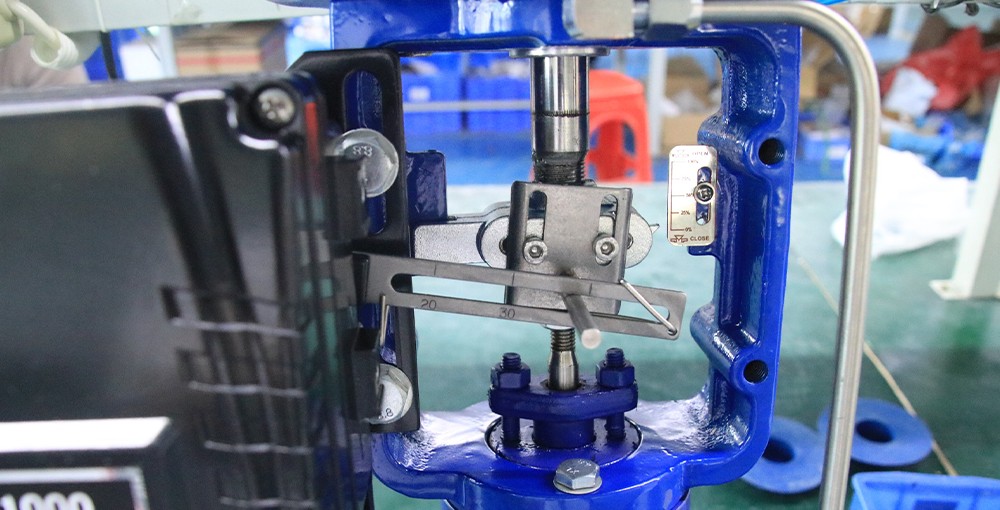
As a professional valve manufacturer, we understand that a key factor often underestimated is the valve’s working opening (valve opening percentage) — which directly influences the valve’s service life and performance.
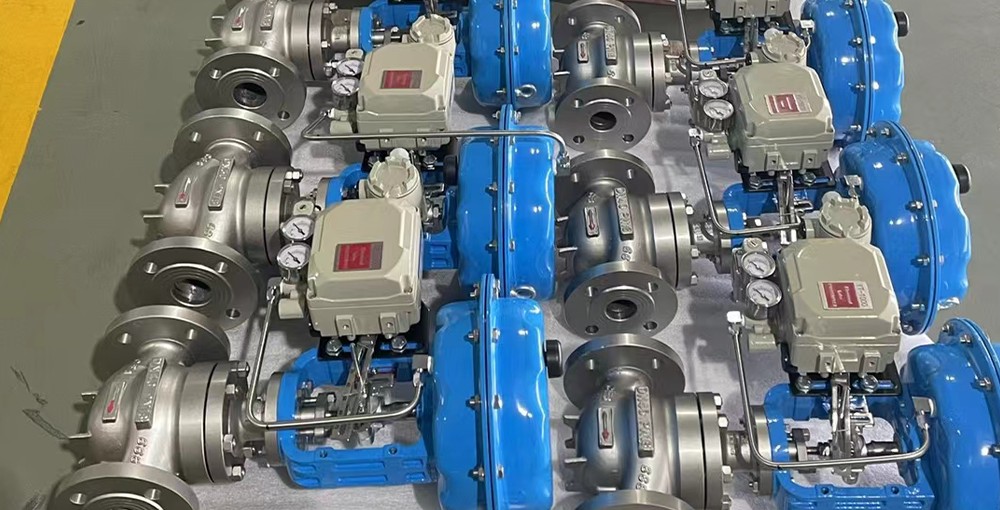
Section 1: Why Small Valve Openings Shorten Valve Lifespan
Working at a small valve opening can significantly reduce the valve’s lifespan due to extreme flow conditions. Here’s why:
Severe Erosion and Cavitation:
At small openings, the throttling gap is minimal and flow velocity is at its highest. This leads to severe erosion and shortens the valve's lifespan.
Instability and Vibration:
Sudden changes in pressure and flow can exceed the mechanical rigidity of the valve, causing instability or vibration.
Control Failure:
In flow-to-close applications, small openings can lead to sudden jumps in operation, making precise control impossible.
Seal Damage:
Small openings position the valve plug dangerously close to the seat, increasing wear on sealing surfaces.
Incompatibility with Valve Type:
For instance, butterfly valves suffer from unbalanced torque at low openings, and dual-seat valves may vibrate due to uneven flow distribution.
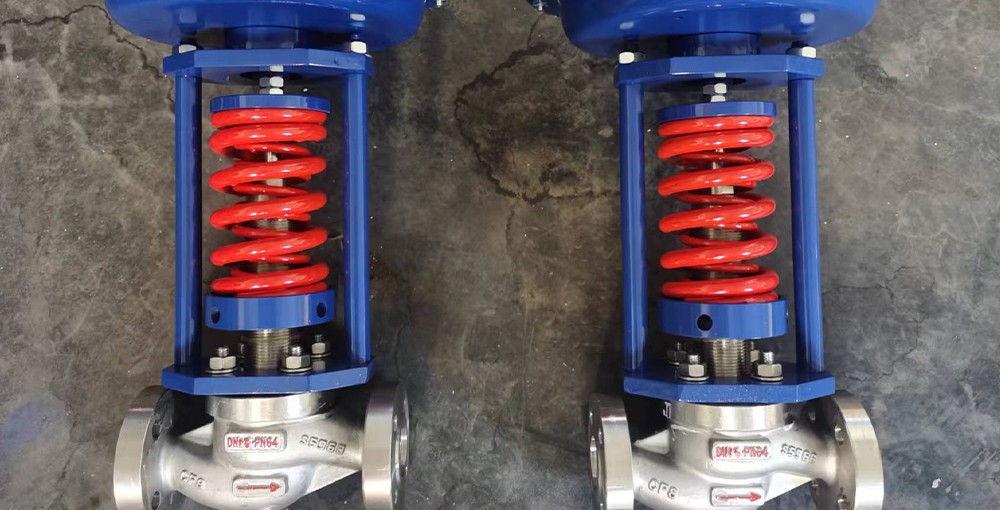
✅ Best Practice:
For most valves, avoid operating below 10–15% opening. For high-pressure control valves, dual-seat valves, or flow-to-close configurations, maintain above 20–30% opening.
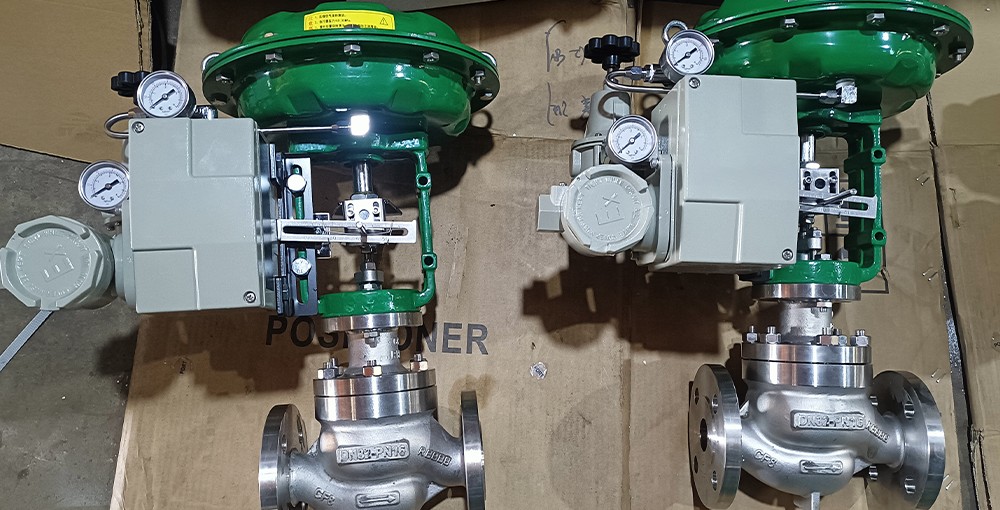
Section 2: Large Valve Openings = Longer Service Life
Field experience has proven that starting with the valve at a large opening (e.g., 90%) significantly extends service life — often by 1 to 5 times. Here’s how:
Erosion occurs gradually: Starting wide open, the wear concentrates on the tip of the plug. As erosion progresses, flow increases, so the valve gradually closes — using the full plug range over time.
Reduced turbulence: Larger gaps mean less velocity, fewer pressure drops, and reduced cavitation and erosion.
Real Case:
A chemical plant implemented this strategy and doubled the service life of their control valves.
️ Section 3: How to Increase Valve Opening and Protect Valve Life
If your control valve often operates at a small opening, consider the following technical adjustments:
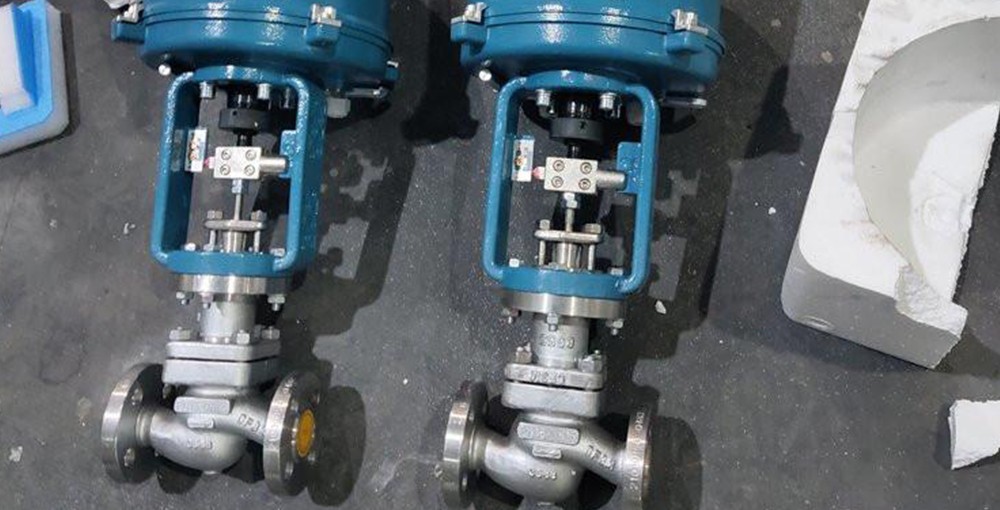
1️⃣ Reduce the Valve Pressure Drop (ΔP)
Lowering the pressure drop across the valve increases the required valve opening to maintain the same flow. This can be done by:
This ensures the valve operates in a healthier range while reducing cavitation risk.
2️⃣ Downsize the Valve
Reducing the valve size increases its working opening for the same flow rate. You can:
Replace with a smaller valve, e.g., swap DN32 with DN25.
Change only the internal trim (valve seat and plug) to a smaller size without replacing the body — e.g., changing from dg10 to dg8.
Practical Tip:
If your current valve is oversized due to changes in process conditions, downsizing is often the most effective long-term solution.
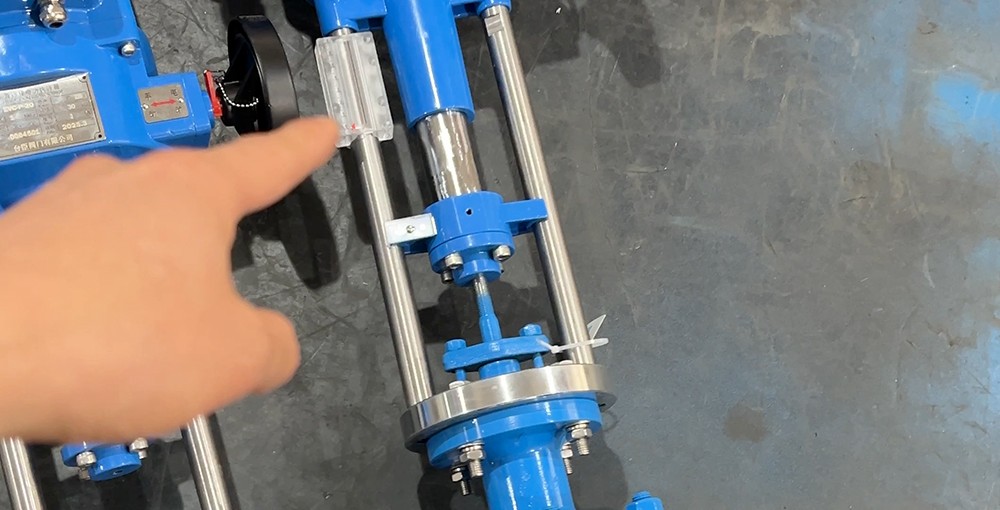
✅ Final Thoughts — Choosing the Right Valve for Optimal Performance
Ensuring your control valves operate within their ideal opening range is critical for:
Maximizing valve lifespan
Enhancing control precision
Reducing maintenance and downtime
Preventing system instability and leakage
At COVNA, we specialize in designing precision-engineered control valves tailored to your process needs. Whether you're operating in chemical plants, power stations, or water treatment facilities, we offer:
Custom valve sizing
Anti-cavitation and anti-corrosion designs
Smart valve solutions with actuator integration
Fast delivery and technical support
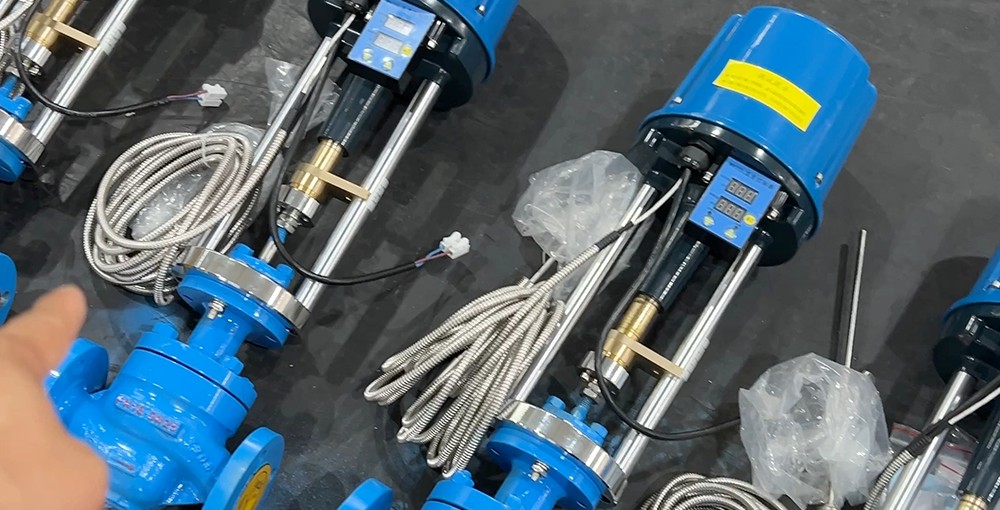
Contact us today to optimize your flow control system and extend your valve life — or request a free consultation for valve selection!














